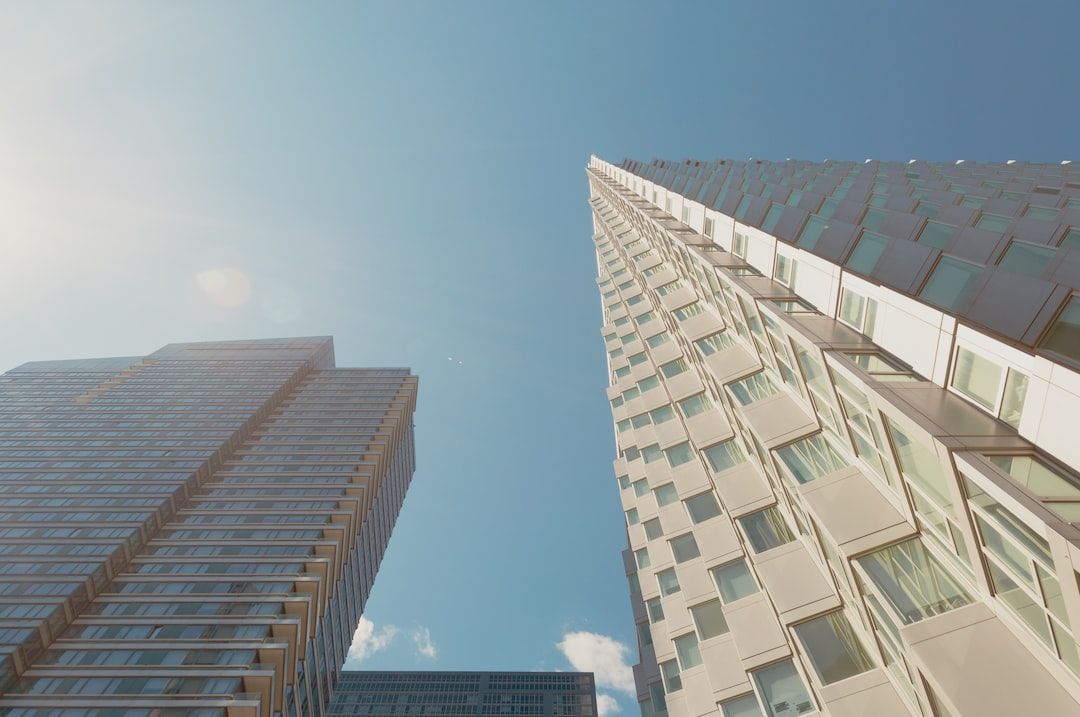Most of us know that breaks are beneficial for us, but often we nevertheless don’t take them.
It is often not because we don't see the issue, or we don't know how to stop. Often it’s rather because our brains are not trained to enforce a stop or thinking pause, or to simply apply the breaks.
This all has to do with the extreme and very complex process of making a decision; and this process is still more complex than any computer that can be made. Therefore it is even more fascinating that we do it so many times every day. In fact so many times that it is very hard to count!
Top down or bottom up?
I will do my best to try to describe this process in the most simple form possible. I believe it to be crucial that we succeed in this, because only when we manage to translate the science behind human behaviour so that everyone can understand, it becomes part of organisation culture. So, it’s not about how fancy we can make it sound but more about how easy we can make it understood. Only then will it be easy to execute on an everyday basis.

To then elaborate on “top down” and “bottom up”. These are connected to how our brain works, in the following way:
Top down - Reflection - System 2
Top down reflections are when we use the most sophisticated and energy demanding part of the brain to combine the current situation that we are in right now, with all our years of experience and all our years of education to reflect and find the right solution to any given problem. This process is ridiculously fascinating, and is currently undergoing constant research to further discover how it works in detail. Unfortunately, this is also an extremely energy demanding process, and although we like to think that we reflect a lot and really utilise this part of the brain on an everyday basis, it is only for a very short period of the day that we can do this. Processing knowledge in this way, you have executing powers the size of a cubic metre (relate this to the executing powers of system 1 in the following paragraph)
Bottom up - Reaction - System 1
Bottom up is when we react, and when we’re doing something that we’ve done so many times before that we don't need to think about it to be able to do it.
Driving a car or learning to read a book are great examples of something we experience to be very hard in the beginning, but that we now mostly do automatically.
The really great part about this way of using the brain is that it requires a very small amount of energy. Processing knowledge in this way, you then have executing powers the size of the Milky Way.
It’s pretty crazy that we have one system which can do really hard thinking and calculation, but we can only use “the amount of a cubic metre”, now on the other hand we have a different system that has the power of the Milky Way (in this case meaning almost endless).
Now, this is where it becomes extremely interesting, because although we have this huge engine, with a capacity the size of the Milky Way, available, it has a DARK side, because if we overuse it, it will turn its massive power on YOU!
We have all tried to have a bad day at work and on the way home the inner voice inside our head is telling us, how we could do better, how we could have done more, and worstly how everyone is seeing how bad we are at our job, and that we’ll probably be fired very soon. This is called negative self talk, and when the brain is tired this really fires up the button reaction part of the brain, and when it first gets going there is almost no stopping it. But the brain should stop you, because what it’s telling you is not the truth, and this form of self talk can lead to not getting the rest that you need to be ready for the next day.
Since we can’t use System 2 all the time, and since System 1 apparently can’t always stop our brain from e.g. negative self talk, then how do we avoid this self talk? The answer is simple: by taking breaks. We simply need to apply the BRAIN BREAKS. We need to train our brain to be able to use the top down part, System 2, to say “Hey! I’m pretty good at my job, and I have done a great job today!” Because when we succeed in that we’ll be better at resting and spending quality time with our family and friends. This will then lead to an upward-going spiral of motivation and a higher drive toward making safe decisions. This will, moreover, allow us to ask colleges to apply the break, so that they as well can make better and safer decisions.
Preserve the energy in your brain so that you can make others understand how they can preserve their energy as well. Only then can you create a culture in your organisation, where your brains won’t be all worn out, and only then will safety measures start to actually work!


